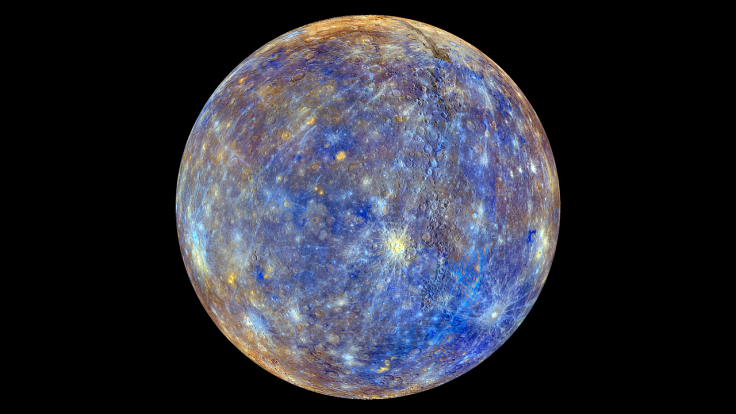Greatest Eastern Elongation: See the Planet Mercury In The Sky Tonight

KEY POINTS
- Mercury will be at its greatest separation from the Sun on June 4
- It will be visible in the evening sky after sunset
- Mercury will remain visible in the coming days but will gradually grow dimmer
Mercury will be at its greatest eastern elongation on June 4, giving sky watchers an opportunity to glimpse the planet. It will continue to be in the evening sky in the coming days, but will gradually grow dimmer as the days go by.
Mercury is not easily observable in the sky because it is so close to the Sun that it gets lost in its glare. However, since its orbit is egg-shaped, it can be as close as 29 million miles and as far as 43 million miles from the Sun. The times when it is far from the Sun presents us opportunities to have a better view of the planet.
Last May was actually the best time to catch a glimpse of Mercury. It was brighter and paired up with Venus in the sky. But the evening of June 4 will present yet another opportunity as Mercury will be at its greatest separation, or elongation, from the Sun.
These separation events happen every few months. You can see the planet in the evening when it appears on the east side of the Sun and catch it in the morning when it appears on the west side.
This time, Mercury will be at its greatest eastern elongation, so it will be visible in the east after sunset. We can spot it about midway between the stars Capella and Procyon, which will shine in similar brightness to the planet.
You should be able to see Mercury as soon as your eyes adjust to the darkness of the night. We can view it easier if using a pair of binoculars. If you use a telescope, you might even see Mercury’s half-illumination phase.
Although Mercury will remain visible in the evening sky for a while after June 4, those who want to see Mercury in all its glory might want to do it tonight. Each day after it will dim as it comes closer to Earth. Compared to last May 21, when Mercury was 70 percent illuminated, it will only be at around 40 percent illuminated this time and by June 8 it will only be about 30 percent illuminated.
By mid-June, Mercury will be closer to the Sun’s glow and it will disappear from view once again. It will leave the evening sky on July 1 and reach its greatest elongation in the morning sky on July 22.
© Copyright IBTimes 2025. All rights reserved.






















